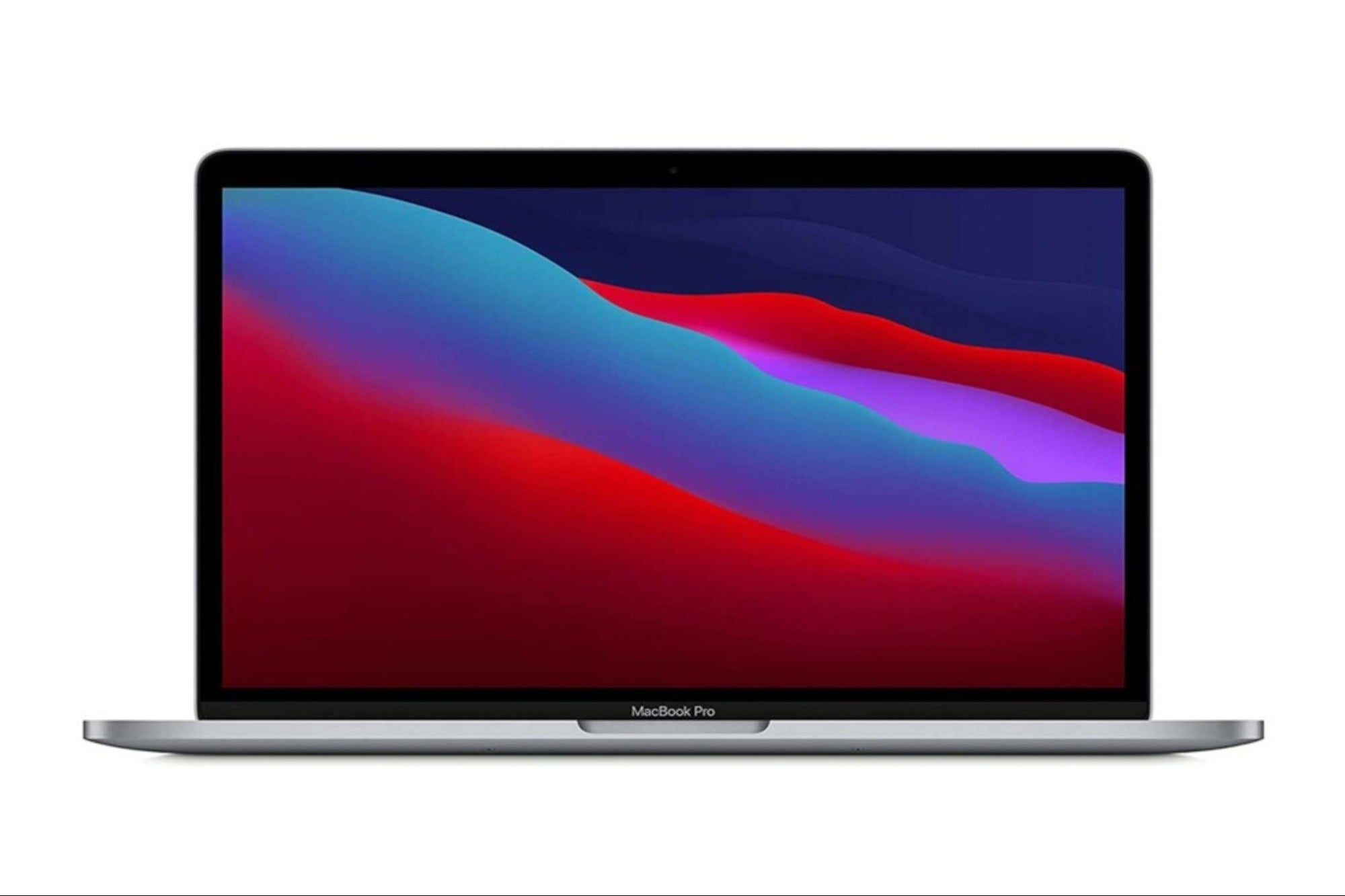Do Percentages Sell Better than Dollar Amounts? Consider the perceived value of your offer before you launch your next sale.
Opinions expressed by BIZ Experiences contributors are their own.

Have you ever wondered if its better to give a discount based on the dollar-amount off the usual price (e.g., $50 off), or a percentage off (e.g., 30% off)? Which gets a better response?
You want your offer to sound as irresistible as possible, and you may think you know how to do that, but sometimes the way the human brain processes data doesn't make the most logical sense.
I decided to do a little research to see if anyone has put the issue of dollars off vs. percent off to the scientific test. Surprisingly, there wasn't much out there but other people's opinions, except for one study from 2008 that concerned an outdoor gear company that did an email campaign to existing customers. The ads were the same except that one offered 15% off the total sale, while the other offered $50 off.
The results of the test were quite clear. The $50 off coupon generated 170% more revenue than the 15% off coupon, and its conversion rate was 72% higher. Interestingly, however, with subject lines that clearly stated the offer as either 15% off or $50 off, the open rates and click-through rates were pretty much the same for the two versions. This means that people were opening both emails, but responding better to the $50 off coupon.
The authors of the study believed the $50 off coupon was of higher perceived value. They also surmised that the $50 off did better because it didn't require buyers to do any math. They saw immediately what their discount was and it sounded good to them.
Over the years I've seen each method (percent off vs. dollars off) outperform the other based on a number of other factors.
In general, the offer that sounds higher is the one that does best. So, if the dollar amount is $50 off, and that's compared to a discount of 10% off – or, as in the case of the example from the outdoor gear company, 15% off – I would expect the $50 off to get a bigger response. It just sounds like more money.
It might not have anything to do with which option would actually lead to a bigger savings. Most people might not even do the math. What matters to them is their initial impression of what sounds like a good deal.
Also, be aware that the actual cost of the item will often come into play, determining how big these numbers are and how they will compare. To show you what I mean, let's look at a few examples that may give you some ideas.
Let's say your product is something fairly inexpensive, like a supplement that regularly sells for $25 for a bottle that contains a one-month supply. I would predict that an offer for 40% off would do much better than an offer of $10 off, even though the actual value of the two offers is equivalent.
For a more expensive product, perhaps a piece of exercise equipment that normally sells for $350, I would predict that an offer of $50 off would do better than offer of 15% off – even though the 15% offer is actually slightly better. The $50 offer sounds like a substantial amount of money. And for most people, figuring what 15% of $350 is may seem like too much work.
But again, you're dealing with a psychological issue of people's perceptions. If you're really concerned about which approach will bring the best result, there's no substitute for testing. Start with an A/B split on a smaller segment of your list, and see what results you get before selecting the offer you will use when you roll out to a larger mailing.











